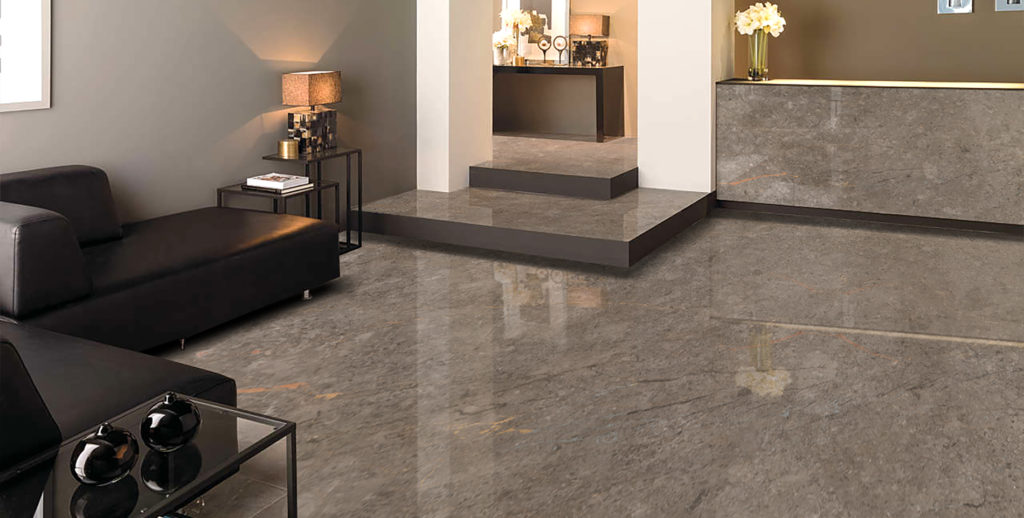ITALIAN MARBLE
ITALIAN MARBLE BY BHANDARI MARBLE GROUP
The Italian marble that we offer is widely appreciated for providing high luster and visual appeal to the area. These marble inlay the floors, walls, rooms in a wonderful way. This beige Italian marble is widely demanded in offices, multinational companies, schools, hotels, and other industries because of their riotous appearance, long-lasting luster, and wear resistance. This Italian marble is available in various sizes, designs, and patterns.

We offer this Italian marble within a stipulated time period matching the budget lines of our esteemed clients. We are the supplier and dealer of Italian marble and tiles. Italian marble is really very good quality of the stone. Italian marble mainly uses in flooring of houses, hotels, restaurants, resorts and shopping malls. It also uses in bathrooms, kitchens, dining tables. Italian marble has too many different patterns and designs for flooring. Now I am showing you a few photos/images/ pictures of Italian marble flooring, floor designs, and designs.

Natural stones are extracted or quarried from the ground. Granite, marble, limestone, travertine, soapstone, serpentine, onyx and slate are all-natural stones. The extracting from the earth and the processing of these stones to the final application on a commercial building or a residence is a long procedure.
Have you ever walked into a living room, a bath or a kitchen and wondered where the beautiful stone originated? Or have you ever seen the exterior of a home and wondered how that stone was produced?

Earth is classified geologically as a stone planet because it is entirely made of stone of various mineral compositions and forms. There are three classifications of stone/rock: Igneous, sedimentary and metamorphic.
Igneous rock – are formed by the cooling of molten magma on the earth’s surface. The magma, which is brought to the surface through fissures or volcanic eruptions, solidifies at a fast rate. Extrusive igneous rocks (basalt) cool and solidify quicker than intrusive igneous rocks (granite).

Sedimentary rocks like limestone and sandstone are formed when sediment is deposited out of the air, ice, wind, gravity, or water flows carrying the particles in suspension. Eroded sediments end up in the water and begin to settle (sedimentation). With time, more layers pile up and press down the lower layers (compaction). More strata and further compactions force water out, while salt crystals glue the layers together (cementation).
Metamorphic rock – marble, slate & quartzite are formed from any pre-existing rock type like igneous or sedimentary, in the Earth’s crust under variable conditions of high pressures, high temperature, chemistry and time.

After learning how stone/rock is formed, one needs to find the acceptable stone for use in building material. A sample of the stone is taken by core drilling down at least 10’-20’ for a view of the stone. If the appearance is desirable then the stone should be tested for its strength, absorption, density, and abrasion resistance.
This test will help determine the applications of how this material can be physically used. You certainly don’t need to install a highly porous stone in a very wet climate or a soft material in a high traffic area to avoid abrasion of the stone.

There are several types of quarries; open pit, ledge, and underground are the most common. In a ledge quarry, the stone is formed in layers where a forklift can remove the sheet of stone or cut small blocks from the hillside or mountain to remove the sheets.

In an underground quarry, a tunnel is built underground in order to be able to drive into the tunnel, set up saws and pull the blocks from the wall and remove for processing. The open-pit quarry is where saws cut large areas in one direction, maybe a 100’ then turn to crosscut the other direction, maybe 50’.When finished, you will have 150’to pull out of the ground.
Quarry saws are mostly used in open pits for cutting. These saws are like a chain saw with diamond segments. The saws sit on tracks that are level and straight for cutting. Each time the saw finishes a long cut and needs to be moved over or to cut in the opposite direction, the tracks have to move as well.

The diamonds have to stay cool for the cutting so water has to flow over the segments at all times. If electricity or water is not available, then a generator is used for power and lines have to be laid to the nearest water source and pumped to the saw.
Once a large area is cut, the blocks have to be laid over and split in half. This is done using the old Roman method of feather and wedges. The feathers are placed across the block and wedges are placed in the feathers. They are either drilled with a pneumatic hammer or forced into the feather with a sled hammer.

CONTACT US ON; 9829040013
Comments
Post a Comment